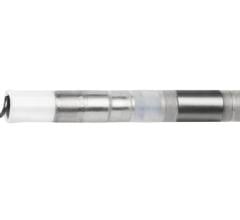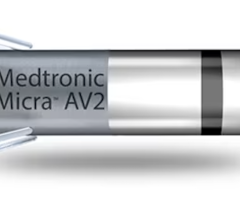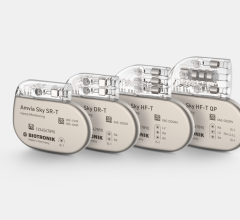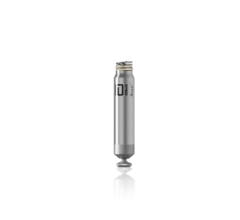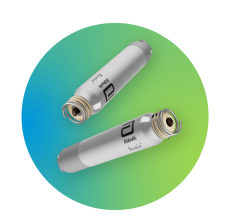
September 25, 2013 – The U.S. Food and Drug Administration (FDA) announced a final rule for the unique device identification system (UDI) that, once implemented, will provide a consistent way to identify medical devices.
The UDI system has the potential to improve the quality of information in medical device adverse events reports, which will help the FDA identify product problems more quickly, better target recalls and improve patient safety. The FDA has worked closely with industry, the clinical community and patient and consumer groups in the development of this rule.
“UDI represents a landmark step in improving patient safety, modernizing our postmarket surveillance system for medical devices, and facilitating medical device innovation,” said Jeffrey Shuren, M.D., JD, director of the FDA’s Center for Devices and Radiological Health.
The UDI system consists of two core items. The first is a unique number assigned by the device manufacturer to the version or model of a device, called a unique device identifier. This identifier will also include production-specific information such as the product’s lot or batch number, expiration date and manufacturing date when that information appears on the label.
The second component is a publicly searchable database administered by the FDA, called the Global Unique Device Identification Database (GUDID) that will serve as a reference catalogue for every device with an identifier. No identifying patient information will be stored in this device information center.
The FDA plans to phase in the UDI system, focusing first on high-risk medical devices. Many low-risk devices will be exempt from some or all of the requirements in the final rule.
Once fully implemented, the UDI system rule is expected to have many benefits for patients, the health care system and the device industry. It will enhance the ability to quickly and efficiently identify marketed devices when recalled, improve the accuracy and specificity of adverse event reports and provide a foundation for a global, secure distribution chain, helping to address counterfeiting and diversion. It will also offer a clear way of documenting device use in electronic health records and clinical information systems.
“A consistent and clear way to identify medical devices will result in more reliable data on how medical devices are used. In turn, this can promote safe device use by providers and patients, as well as faster, more innovative and less costly device development,” said Shuren.
The FDA issued the proposed rule requesting input from industry, the clinical community and patient and consumer groups on July 10, 2012.
The UDI system builds on current device industry standards and processes, and reflects substantial input from the clinical community and the device industry during all phases of its development. In addition, the FDA worked to reduce the burden on industry by building upon systems already in place. The UDI system is a key component of the National Medical Device PostMarket Surveillance System proposed in September 2012.
In general, high-risk medical devices (Class III) will be required to carry unique device identifiers on their label and packaging within one year, and this number and corresponding device information must be submitted to the new database. Manufacturers will have three years to act for most Class II (moderate risk) devices. Manufacturers of Class I devices not exempt from UDI requirements will have five years to act.
For more information: www.fda.gov

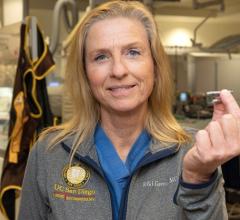
 March 26, 2024
March 26, 2024 

